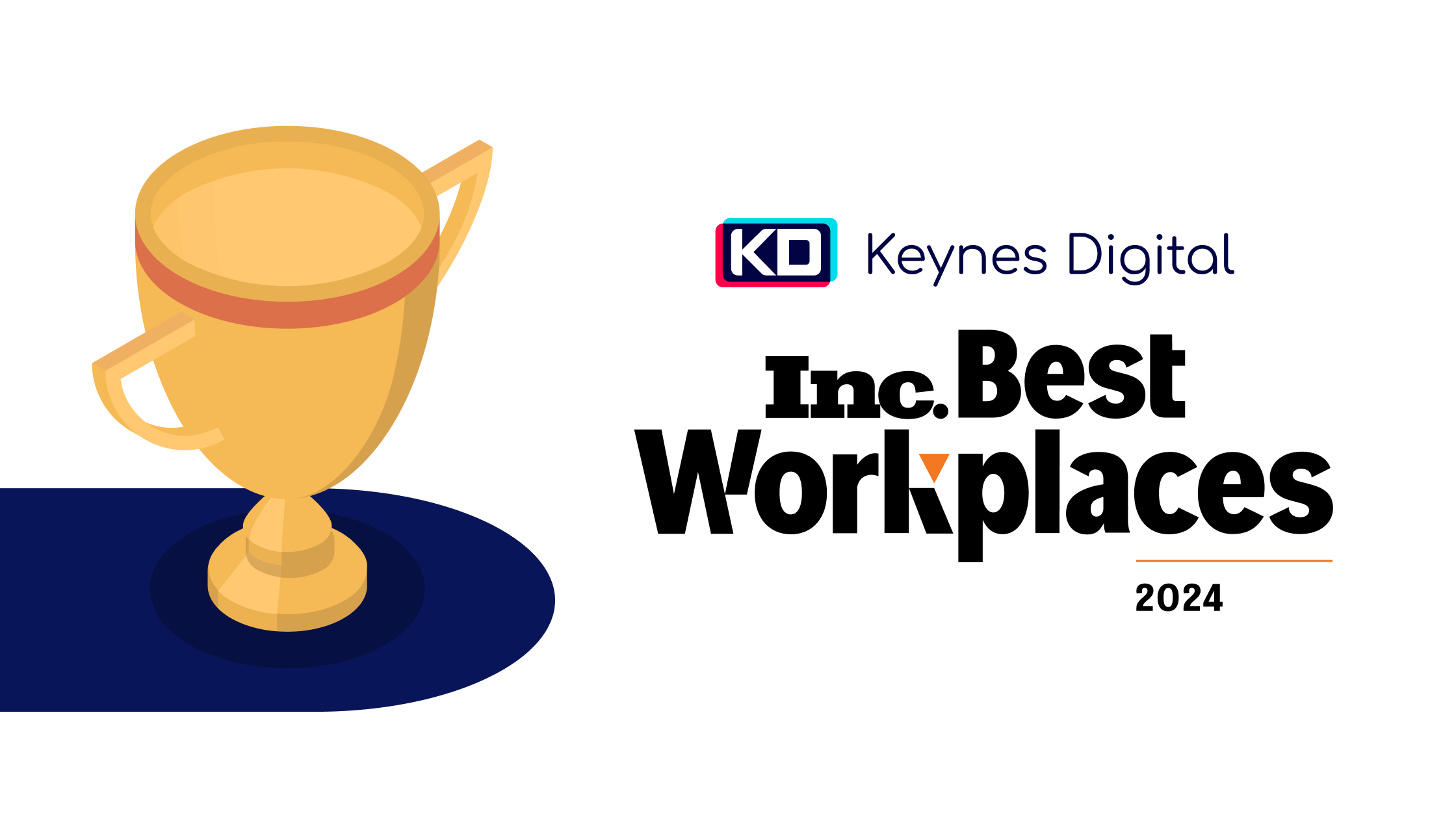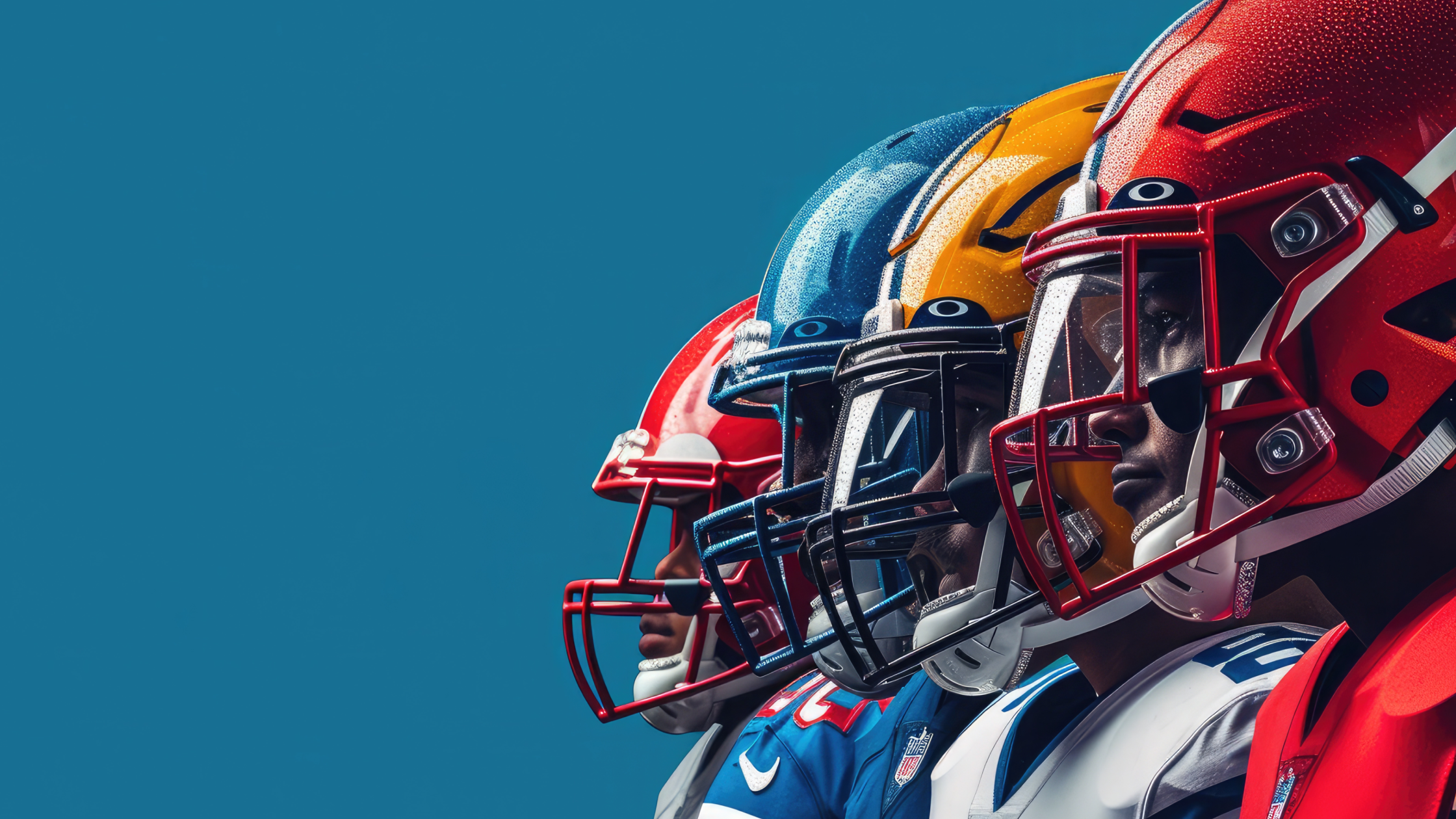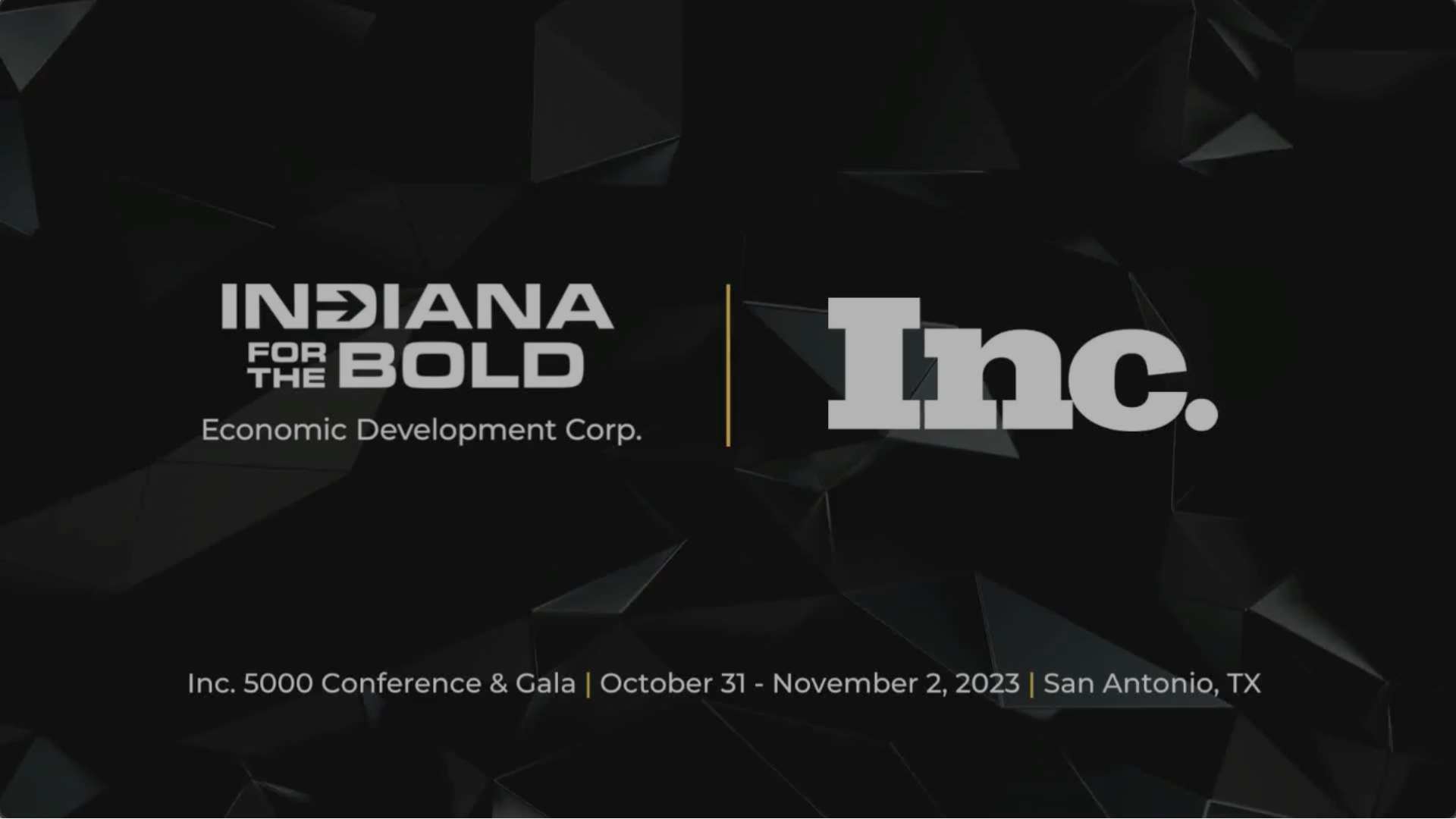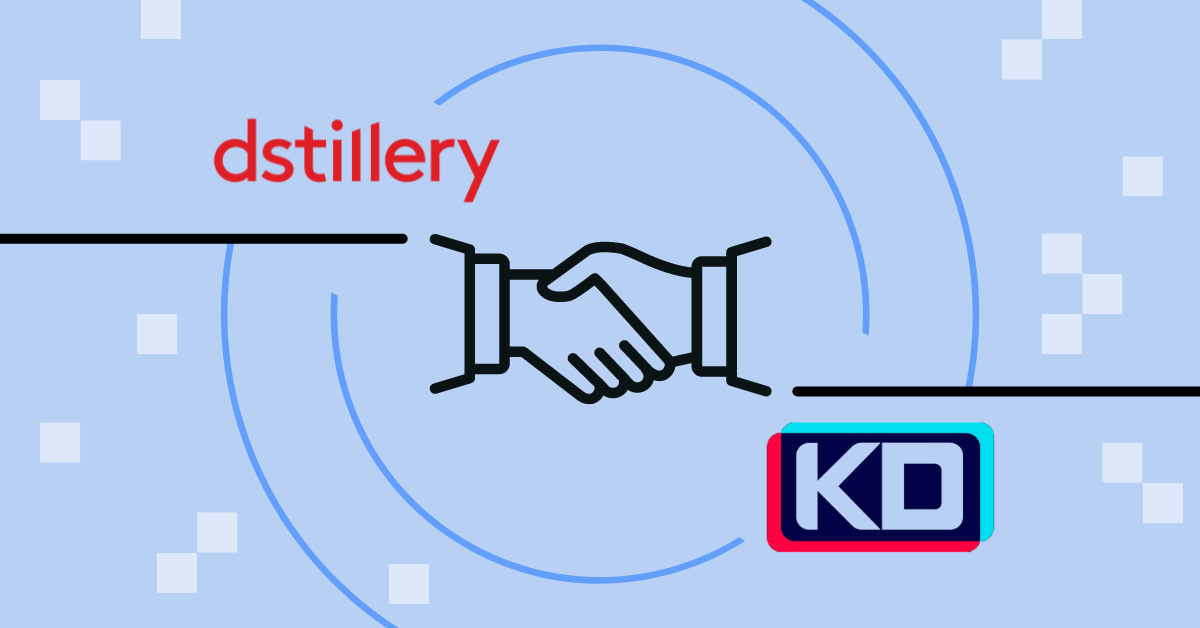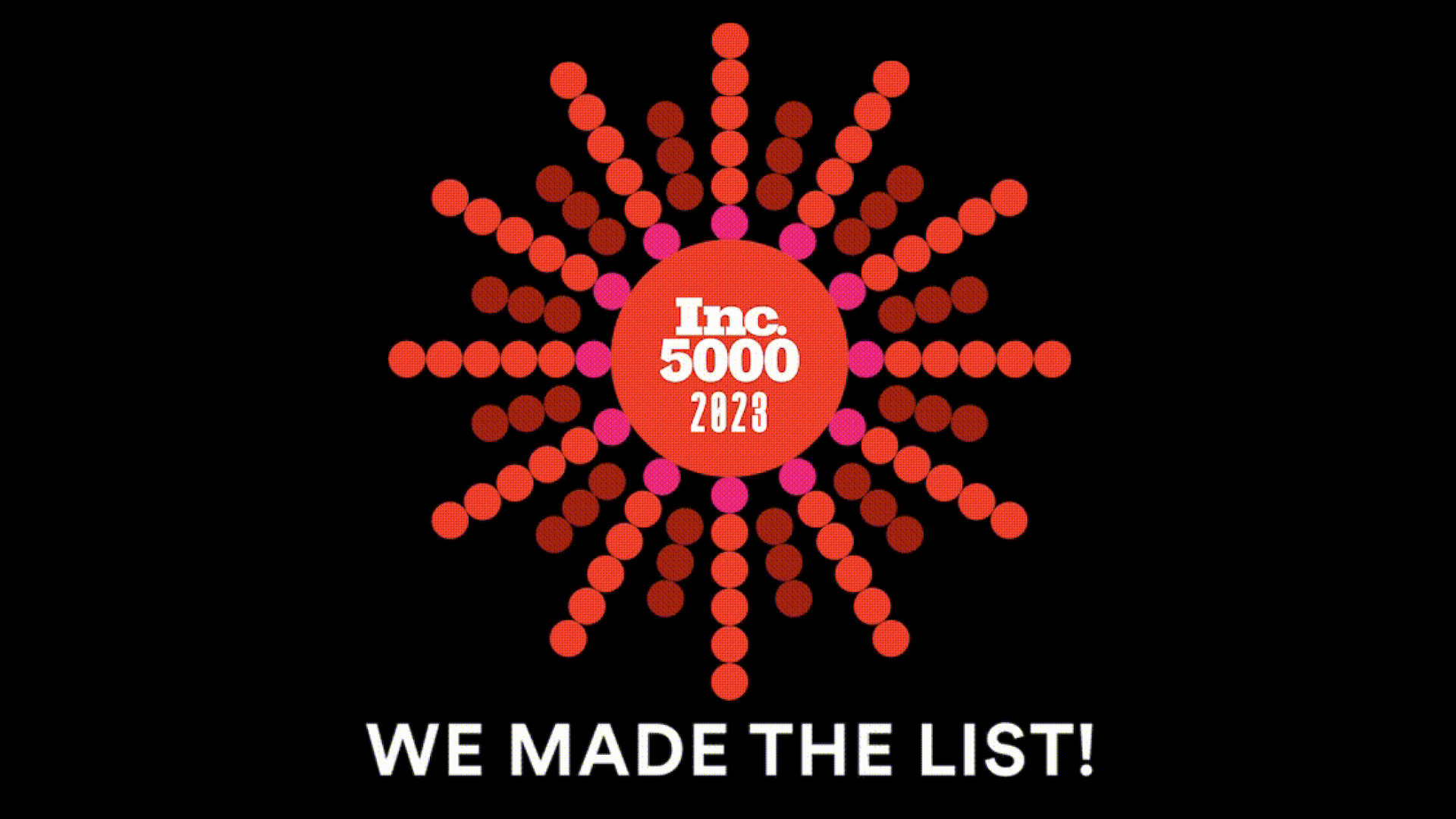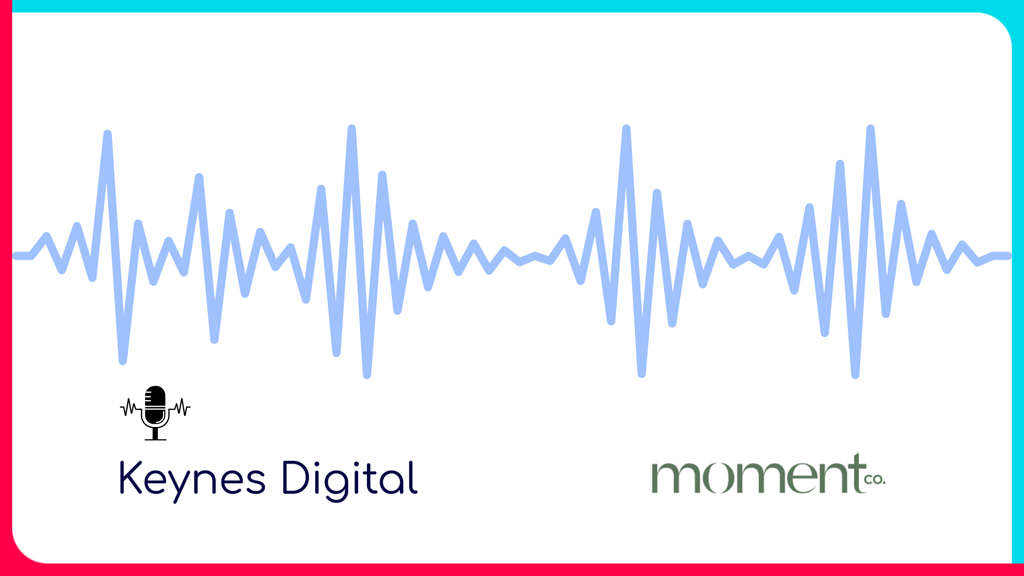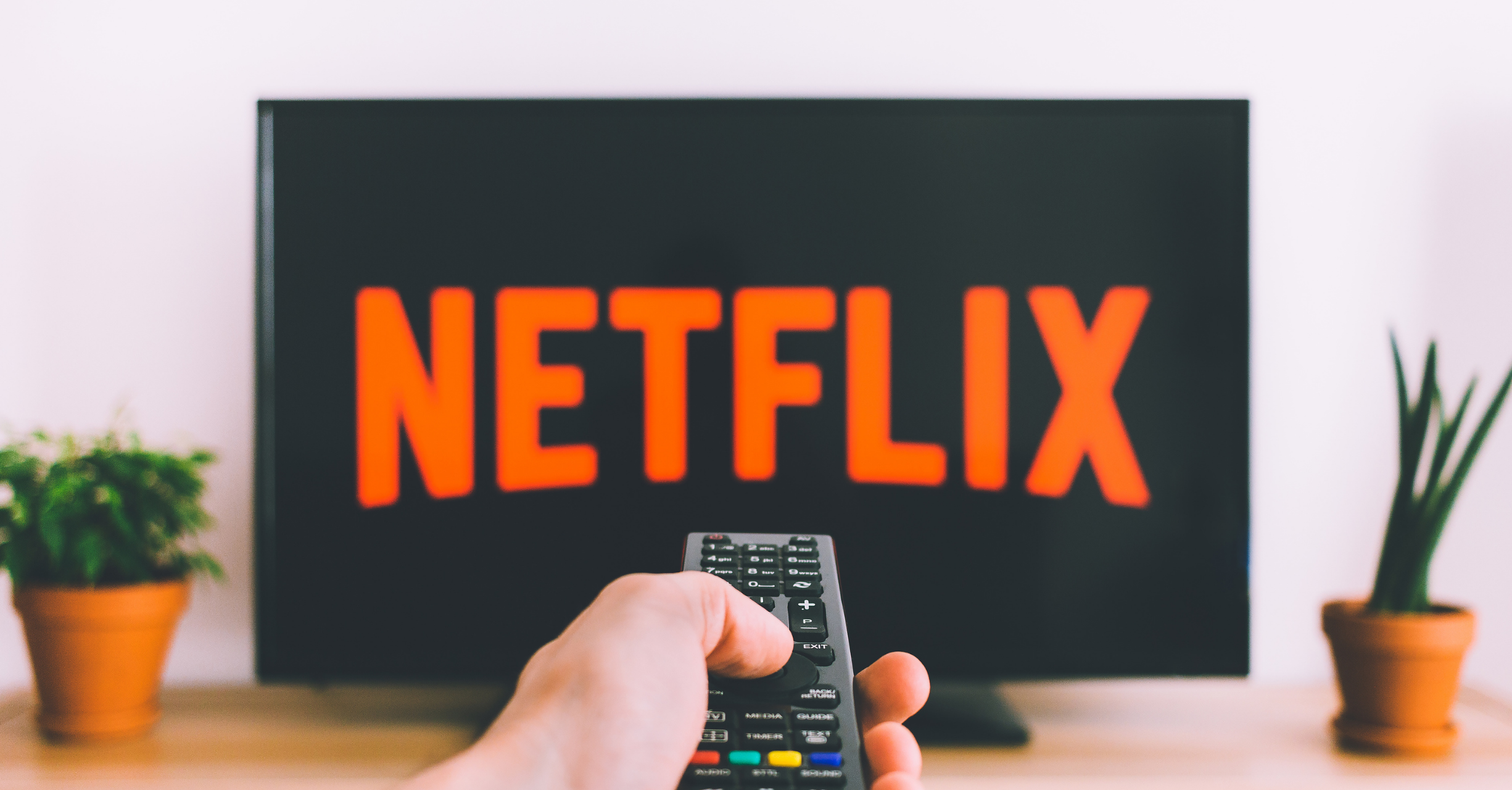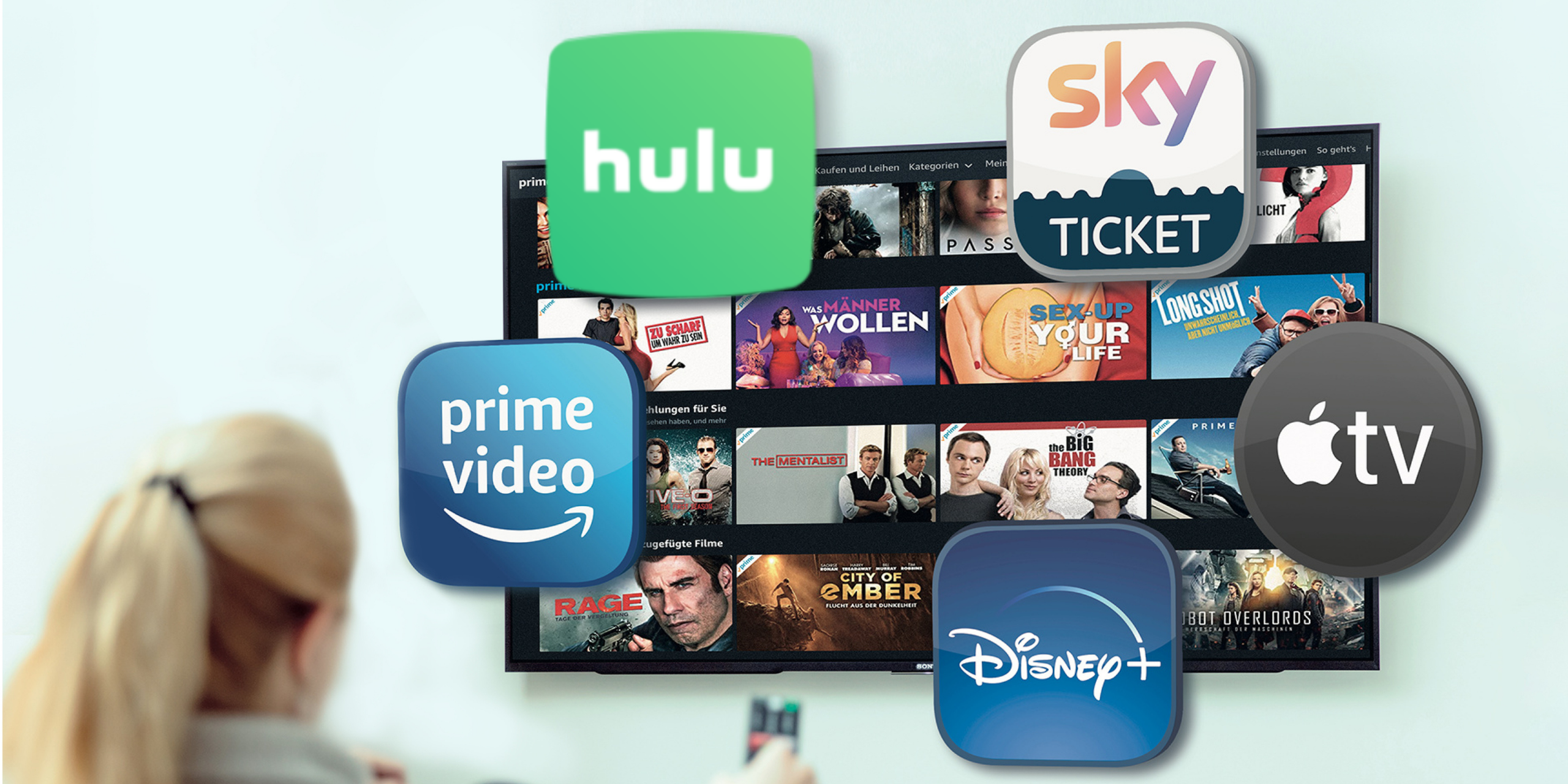Advertising and Brand Awareness
The ultimate goal of all advertising is to drive sales. However, much of advertising is geared towards a specific goal, or even is product advertising aimed toward the specific purchase of a specific offering. Most advertisers, including well-known advertisers who are market leaders in their industries, make brand awareness marketing a part of their marketing efforts. They produce advertisements and engage in other visible activities whose immediate purpose is to keep their brand prominent in the eyes and the minds of the public.
Why is brand awareness important? Because consumers are generally more comfortable buying a product when they’re familiar with the brand name. There’s a tendency for people to buy from the top three companies they associate with a product. Those are the top three they think of right this minute, not necessarily the three that would have come to mind a year ago. That’s why even highly visible and successful companies continue to produce brand awareness advertising.
Think of the Nike “Just Do It” ads or the Budweiser brand awareness ads examples featuring Clydesdales. These are brand advertising examples, aimed at keeping their names at the top of the list that customers associate with athletic shoes and beer.
While the goal of name recognition hasn’t changed, modern technology has greatly expanded the toolset marketers can bring to advertising and brand awareness. Gone are the days when advertising was limited to radio, TV, newspapers, magazines and billboards. In fact, while those old advertising media are still important, they aren’t adequate to keep a brand name alive in the minds of today’s audiences. Advertisers need to be seen on the screens they surf on everyday, i.e. websites, streaming videos, streaming shows and movies, and social.
In fact, a lot of written advertisement examples seen today wouldn’t even be recognized by yesteryear’s marketers as advertisements. Think of a tweet that refers to a company in the tone of one friend talking to another. Think of a mention in a blog post with words that differ in structure from ad copy examples but still promote a specific company. In those cases, the goal is not only for a company to talk about itself but also to get potential customers talking to each other about it.
Twenty-first century brand awareness presents a challenge and an opportunity. The challenge is to understand all the ways modern people become aware of a brand, and opportunity is to use more methods than ever before to raise a brand’s recognition factor.
Brand Awareness Strategy
Brand awareness strategy is changing because advertising is changing. For brand awareness strategy examples, just look at viewable advertising. Viewable used to be limited to TV ads, and those were ads seen on a traditional set, via cable or satellite or even old-fashioned antenna. That’s no longer what viewers watch, particularly the coveted younger viewers.
Instead of cable television, today’s viewers are watching streaming content on Connected TV’s laptops, tablets and phones. And instead of watching traditional TV shows when they air live, they’re watching archived shows, movies and other content. When they are turning on the television sets, they’re watching connected TV, which gives them the same streaming capability as their other devices.
Today’s brand advertising strategy has to take advantage of these new ads, which are no longer traditional TV spots that appear to a large, unknown audience on a specific show at a specific time. They’re brief video clips that show up before or during whatever content a viewer is streaming. Furthermore, the model for buying and selling these ads has shifted from buying directly to using programmatic advertising. Advertisers specify the demographics of the audience they hope to reach and upload ads to a Demand-Side Platform (DSP) that executes the programmatic buying and selling. The ads are placed into streaming content via an automated AI algorithm that places advertisers messages on ad spots that serves their targeted audience. From this, they’re able to track various online user metrics, such as a specified number of viewings, or impressions.
Every company works on how to build brand awareness in advertising. Now, advertisers and agencies are learning how to create brand awareness in the programmatic landscape to improve their insights and adjust strategies based on that. Brand awareness examples today are similar to traditional ads, giving visibility of the company without pitching a specific product. However, the programmatic environment creates an opportunity to better distribute and target a specific audience. Further, the cost to participate in programmatic advertising is lower than a broadcasted TV campaign aimed at the nationwide audience, so small and medium-sized organizations have a better chance to compete. This even includes social media advertising examples, such as Facebook, Twitter or Instagram.
How To Measure Brand Awareness
It’s one thing to hit multiple advertising segments with messages aimed to build a brand, but how can an advertiser know how effectively they’re doing it? What types of brand awareness are they achieving?
There are traditional ways to measure brand awareness, such as share of voice (SOV), which measures how well an advertiser competes against their competitors for mentions in print, broadcast and other media.
If an advertiser is using technology such as programmatic advertising, there’s an entire new world of brand awareness metrics. Technologies present dashboards that report key performance indicators (KPIs). These include number impressions (how many saw the online advertising examples), clicks and click-through rate.
Even more granular information is available. For example, an advertiser can learn where customers clicked from to get to their site, the type of advertising channel, or network that reached the users, what date and time the users received that ad versus what date and time they acted. Advertisers benefit from a wealth of demographic information, not only the basics such as age and geographic location, but also which technology they use, their interests and their brand preferences.
In the programmatic world, advertisers receive and combine measures from website, video and Connected TV activity. There are metrics available to assess how many new users have responded to a campaign. They’re able to track factors that aren’t possible without technology’s help.
Advertiser’s goals should be to use this rich information to optimize them. Brand awareness tactics even enable advertisers to retarget customers who’ve shown interest in their ad campaigns on one channel, and present them with reminders and coupons on another channel. By continuously evaluating the programmatic metrics, advertisers are able to tweak their targeting to make a brand awareness campaign even more effective.
Brand Advertising
A successful ad campaign has to take into consideration not only product awareness but also the importance of brand awareness.
As for extremely successful marketing campaign examples, look at the big player brands in advertising that play a major role in consumers minds. For example, Red Bull’s “gives you wings” campaign stands out as a host of energy drinks. One would think these big players, such as Coca-Cola and Sony would be confident of their well-earned position in the market, but they still run high-level brand awareness campaigns. Their campaigns don’t promote products as much as ensure that the advertising gets to the top and stays on top in brand recognition and recall.
Some other brand awareness campaign examples include Geico. Geico wasn’t a top name in insurance until they put a lizard on a TV screen. Rocket Mortgage went from niche online lender to a nationwide mortgage leader by initially having a brand awareness goal. There are organizations with hashtags such as #ShareACoke or Volkswagen’s #Vwvan. Some non-competing brands, such as Sherwin-Williams and Pottery Barn, have entered into complementary partnerships where one’s products are highlighted on the other’s site. All these brands started by letting the consumer know who they are, what they do, and why they can help the consumer.
To realize the advantages of brand awareness, advertisers must keep working at it. Fortunately, programmatic advertising and related tools provide more opportunity than ever. With Connected TV and other types of streaming digital viewing, there’s a chance to get to know the target audience, understand how they interact with specific advertisements and refine them based on the learnings. With blogging and social media, there is even the possibility of reaching users or influencers who will share and discuss companies and products. With technology on the demand side of programmatic trading, there’s a wealth of how advertisers can customize their ads and what they can learn about their effectiveness each can do for their brand.
Industry Expert Insights
We are your high-touch, performance-focused streaming TV and programmatic advertising partner. Our team of experts and a one-of-a-kind data-driven platform connects you to the best streaming TV marketing strategies.


